The Labrador: The world’s favourite dog
Ben Fogle traces the illustrious history of the world’s favourite dog, the Labrador.
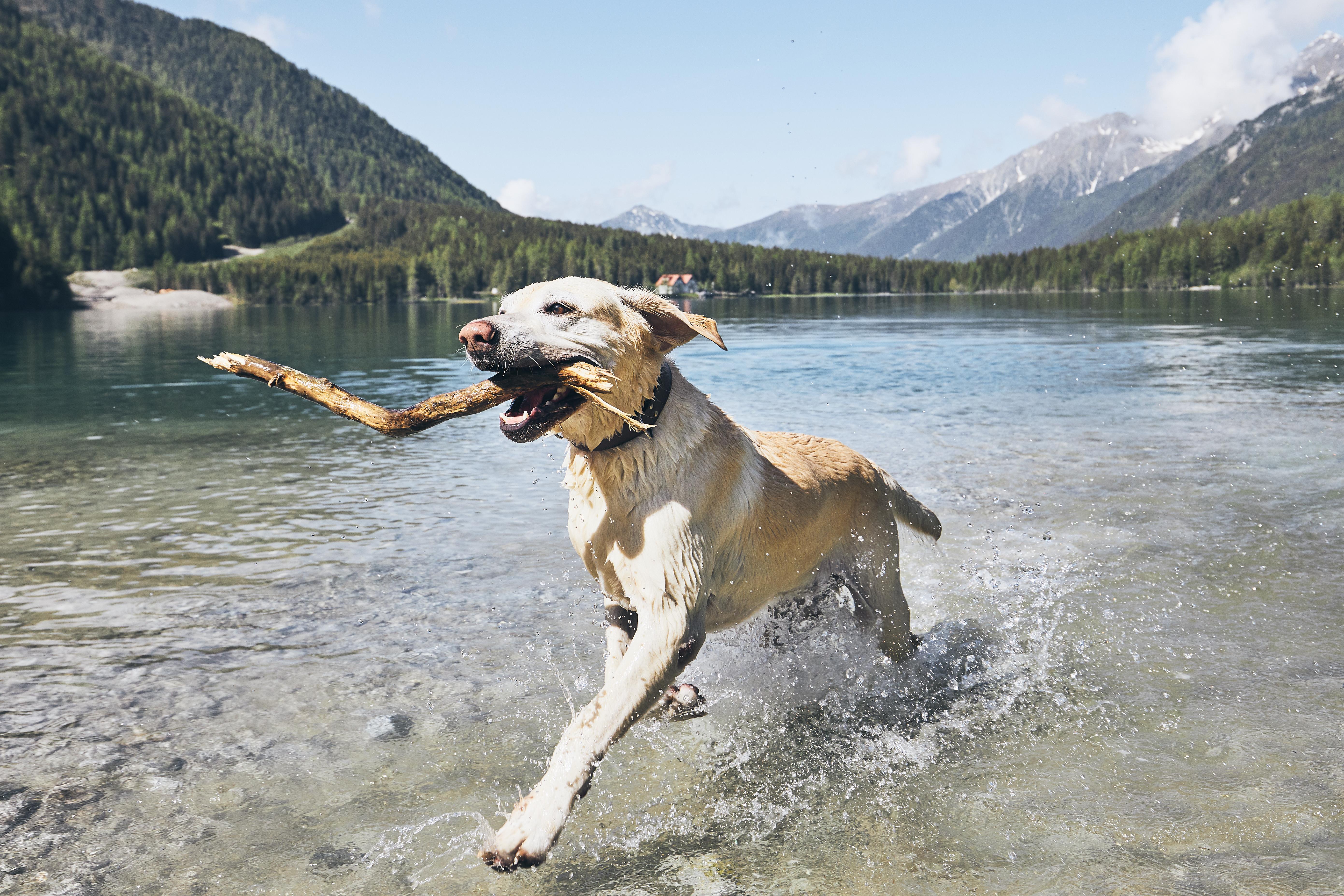

The labrador is synonymous with loyalty, dependability, cheerfulness and a big appetite. It has become the world’s most popular dog, beloved of gamekeepers and royalty, bachelors and families. It is one of the most versatile breeds, capable of working in search and rescue, as a guide dog, in medical detection, as a sniffer or assistance dog and in the theatre of war.
The labrador has been the faithful companion of presidents and prime ministers — Clinton, Kissinger, Mitterrand, Chirac and Sarkozy to name a few. It’s the musician’s dog of choice, from the late Frank Sinatra to Keith Richards and Paul McCartney, as well as Hollywood royalty such as Arnold Schwarzenegger, Sylvester Stallone and Kevin Costner and literary greats Ernest Hemingway and Roald Dahl.
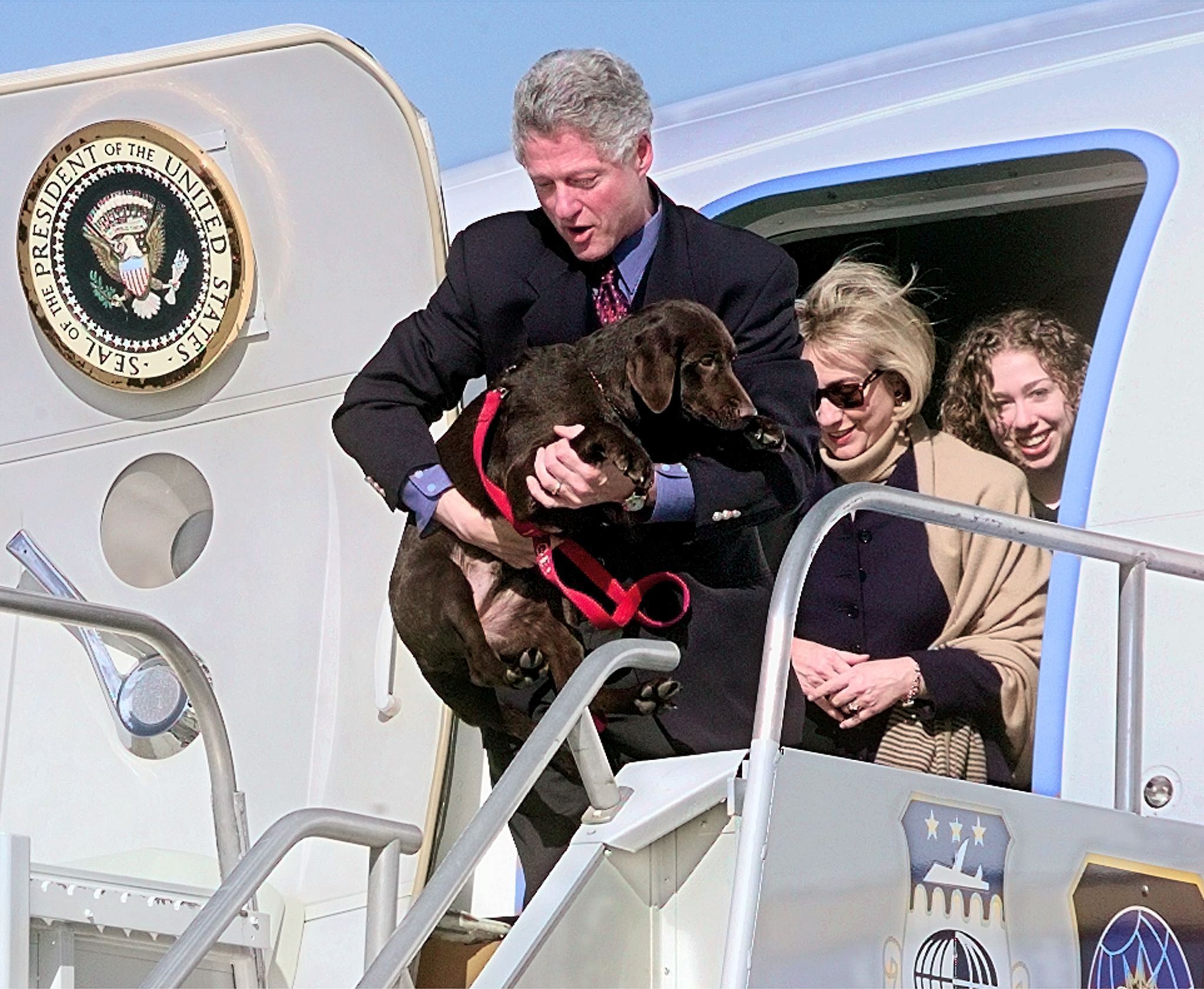
It seems amazing to me that some of the world’s most prolific swimming dogs came from some of the world’s coldest water. But perhaps that was the point — people had to find an alternative to getting in the water themselves.
However, the labrador is a dog that loves to curl up on the sofa. They’re never happier than with their heads lolling out of the open window of a Land Rover. How did this family dog, with its appetite for food and cuddles, originate from such an inhospitable place?
The origin of the labrador is complex, combining Portugal, Newfoundland and Britain. British settlers to Newfoundland took their hunting dogs, permutations of which then made their way back to England with the Portuguese fishermen who were attracted to the remote Canadian island for its rich harvest of cod, which they eventually offloaded in the fishing port of Poole in Dorset. The first sightings of ‘St John’s Dogs’ or ‘Little Newfoundler Dogs’ in Britain were in the late 18th century, having come back across the Atlantic to their original home aboard the ships carrying dried and salted cod.
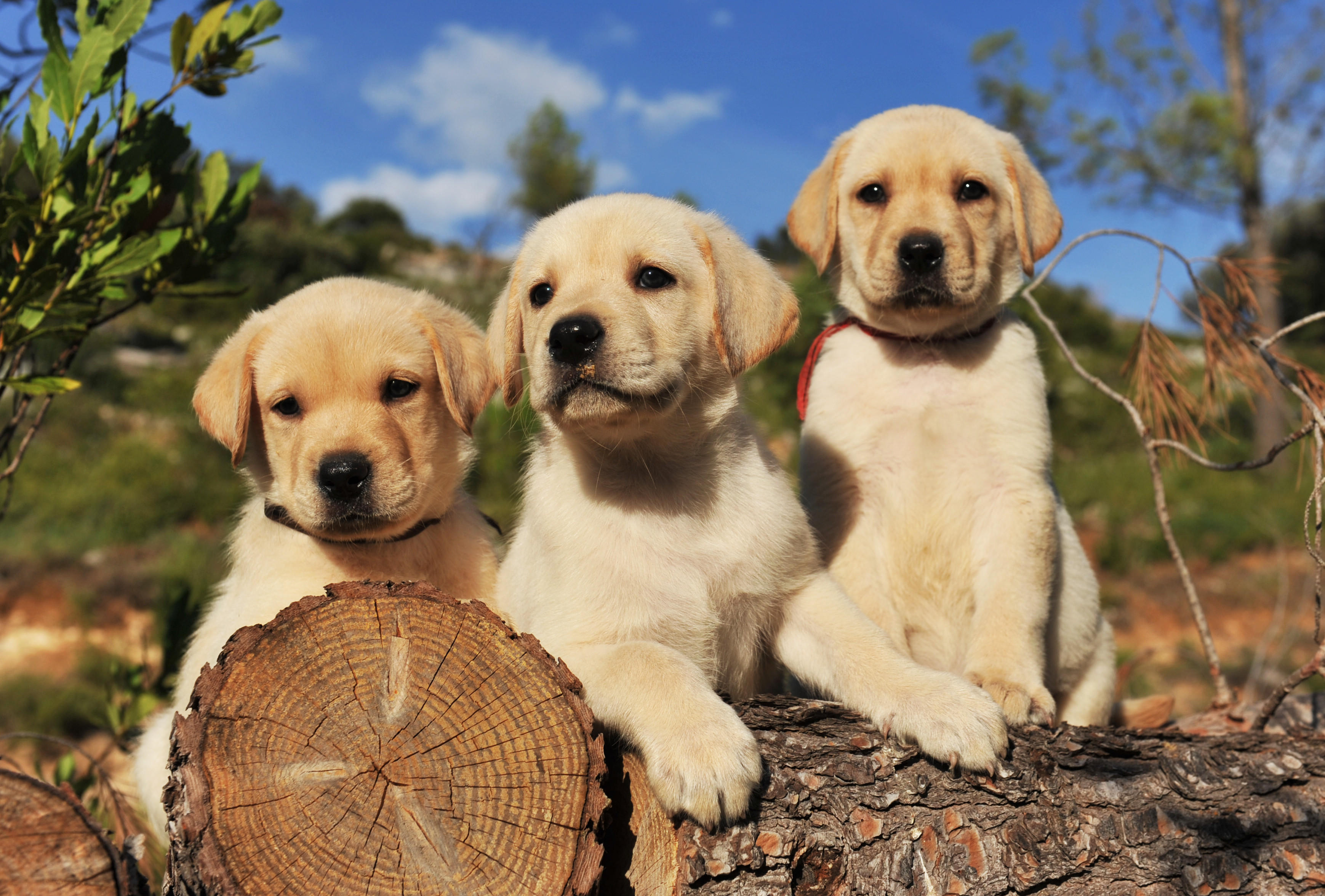
Most canine historians believe the labrador’s genetic make-up owes something to the Spanish black pointer its aptitude of obedience to a master and of being hard-wired to follow a scent and to the Basque or Portuguese shepherd dog, which has a notable herding instinct and a close sense of territory. But it was from a very large gene pool that dogs were bred on an ad hoc basis and trained for more than 300 years to meet the specific needs of the fishermen. Perhaps these were bred with the St John’s dog?
It’s a confusing issue, not least because ‘Newfoundland and Labrador’ is the umbrella name given to the vast easternmost province of Canada. The two distinct land masses are separated by the Strait of Belle Isle, a treacherous ice-choked, fog-wraithed tidal channel about 78 miles long and between nine and 37 miles in width.
Sign up for the Country Life Newsletter
Exquisite houses, the beauty of Nature, and how to get the most from your life, straight to your inbox.
In all probability, 19th-century Britons lumped the far-flung area and its associations together, just as writers of that era indiscriminately use the words retriever and spaniel. But Labrador and Newfoundland are two distinct territories under one geo- graphical title and just to complicate things the two dog breeds have each been named after the wrong region. The short-coated labrador is actually from Newfoundland and the shaggy-coated Newfoundland emerged at about the same time in Labrador.
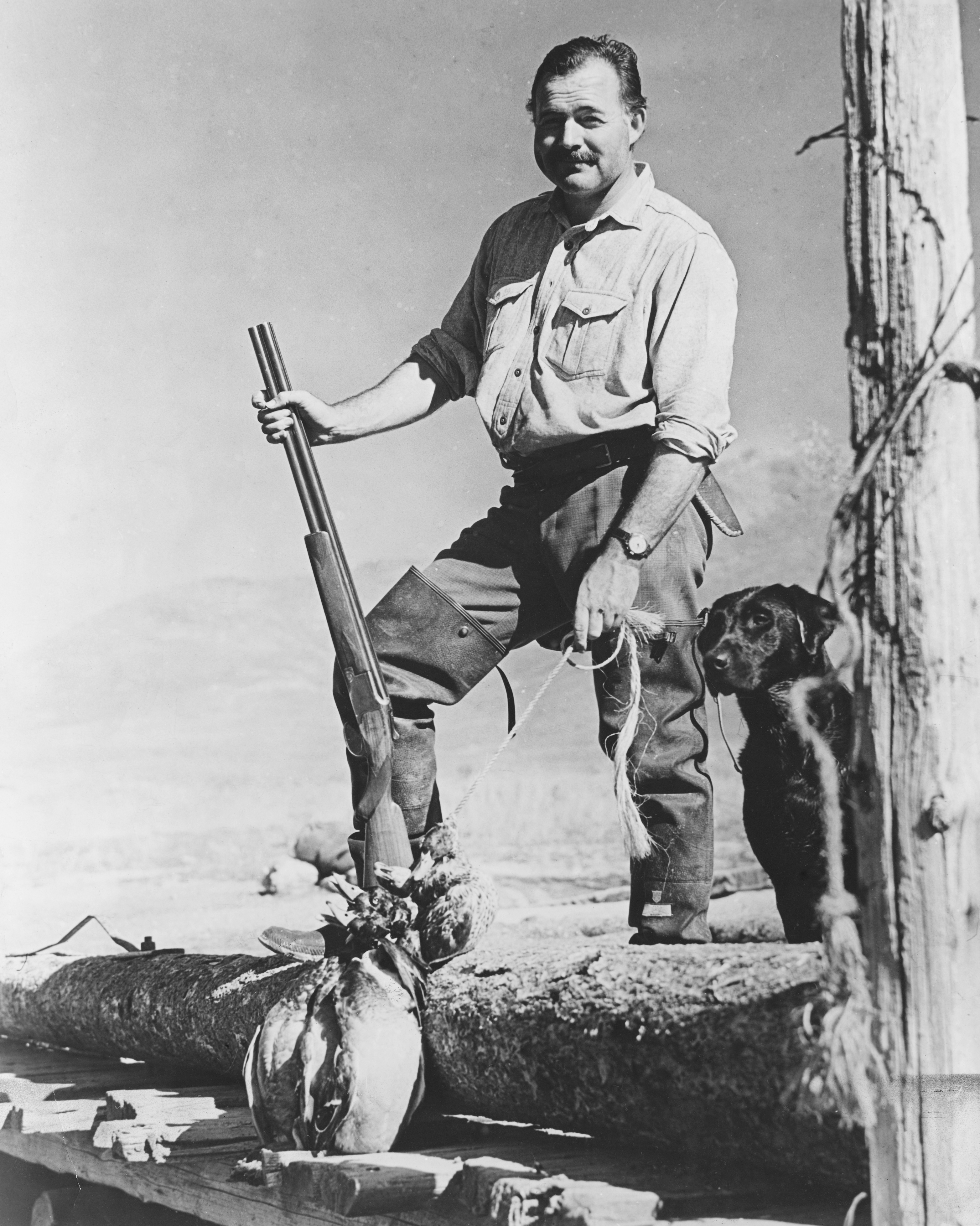
Then, there’s the Nova Scotia duck- tolling retriever from the island of Nova Scotia, just south of Labrador and Newfoundland. All three dogs have distinctive webbed feet, a water- resistant undercoat and incredible swimming abilities—they evidently share some genetic stock.
Most historians agree that the native inhabitants of Newfoundland, the Beothuks, didn’t have dogs. Nor did the pre-Inuit settlers, the Dorset Eskimos. Others insist there would have been Inuit, Innu and Micmac dogs left by the region’s aboriginal peoples, as well as descendants of the Norse dogs.
We must assume, therefore, that the labrador descends from a mix of genes from the various dogs taken on board ship by Spanish, French, Portuguese and English fishermen, for whom dog trading had become a lucrative subsidiary. Canny sailors also sold the ice used to preserve their catch and, increasingly, established a dog-import trade.
The dogs’ water skills were much talked about. They feature in old stories as near-mythical water dogs, as fetchers of sailors’ hats in icy waters and blustery gales big- hearted, trainable and intelligent. They could swim with ropes in their mouth and sometimes so the stories went paddled out to the aid of ships in distress. They retrieved whatever their master bade them. The proud seamen would put on a show of human-canine teamwork for the assembled crowd, in which the dogs retrieved items thrown over the side of the boat.
One 18th-century observer of the dog’s skills was the 2nd Earl of Malmesbury, an MP and keen field-sportsman. A large part of his estate at Hurn, in Dorset, encompassed the floodplain between the River Stour and River Avon.
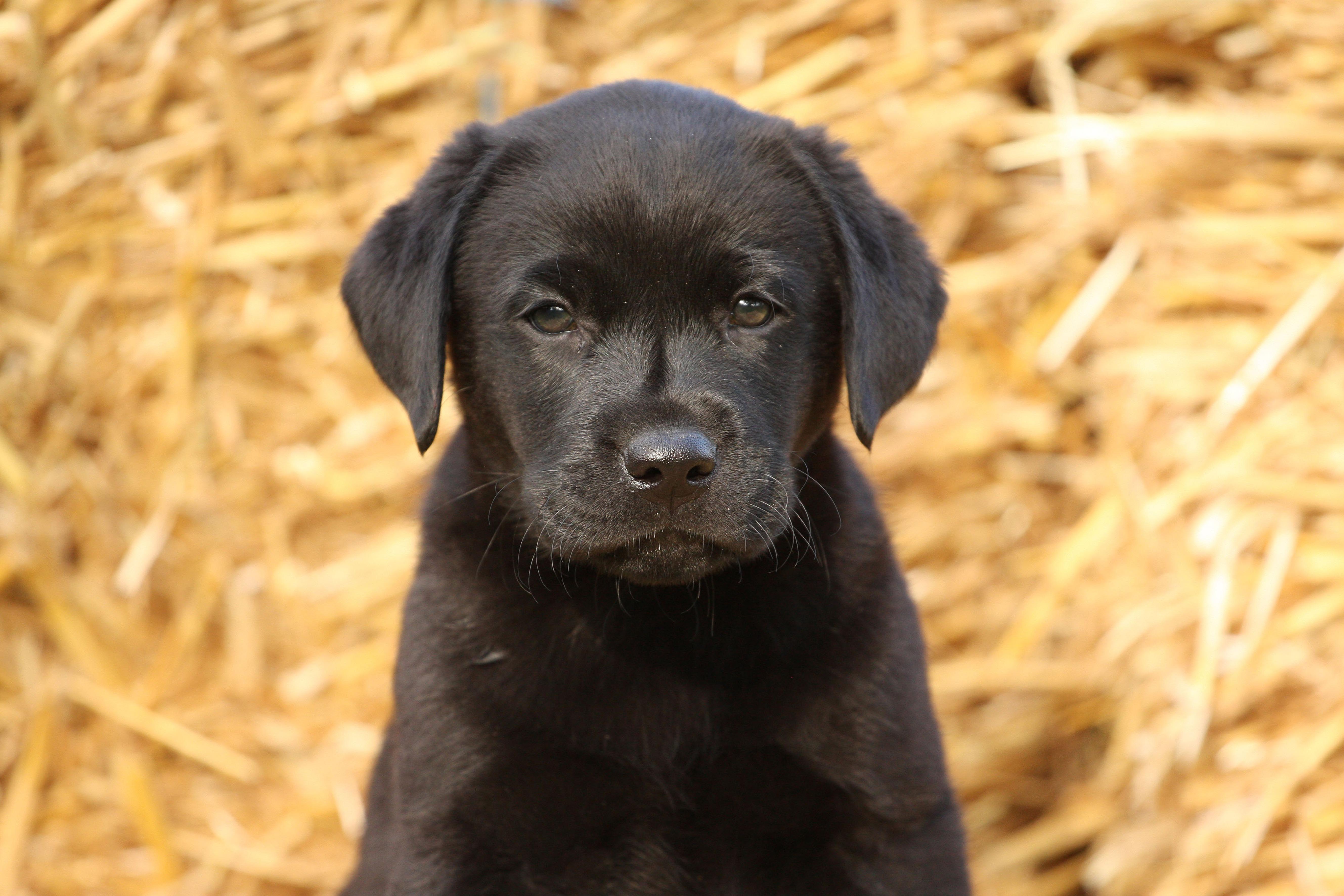
I spent much of my childhood navigating, rowing, paddling and swimming in the Stour’s meandering waters. My school was built on its floodplains. A distinctive memory was of flooded sports fields. How did the labrador go from being a fisherman’s companion to a specialist wildfowl retriever prized by a small elite circle in Britain to the world’s most popular domestic dog?
The answer begins with another milestone in history: the development of the breech-loading gun in the late 19th century. The significant reduction in reloading time gave rise to the popularity of driven-game shooting; labradors were the only dogs could that could keep up with the guns.
At about the same time as the Earl of Malmesbury was beginning his breeding programme in his kennel on the south coast, the 5th Duke of Buccleuch and his brother, Lord John Scott, were importing dogs for use as gundogs on his Queensberry estate, in the Scottish Borders, from a Newfoundland fishing fleet that sailed into the river Clyde, establishing a kennel in about 1835.
One of the Duke’s dogs, brandy, earned his name on his journey across the Atlantic. Having been sent overboard in a heavy sea to fetch the cap of one of the crew, the young dog spent two hours in the water before he could be picked up again, by which point he was so exhausted that the sailors had to revive him with brandy.
According to records, in 1871, the Earl of Malmesbury’s neighbour Major Radclyffe — who had patrolled Poole Harbour with the Earl admiring the fishermen’s sea dogs — imported a dog from Newfoundland called Turk; he sired the line that included Ben of Hyde, the first yellow lab to be registered.
By the early 1880s, the original Buccleuch strain had died out. This could have signalled the end of the Scottish lineage of the labrador retriever were it not for the 6th Earl of Malmesbury, who ‘gave them a pair, descended from our own imported dogs’.
It’s probably fair to say that a chance meeting between the 3rd Earl of Malmesbury (then aged 75) with the 6th Duke of Buccleuch and the 12th Duke of Home saved the labrador from extinction. The two scots were visiting a sick aunt on the south coast of England and accepted an invitation to a waterfowl shoot at Hurn. And so the modern labrador, the ultimate Man’s best friend, was born.
This article by Ben Fogle first appeared in Country Life in 2015. Ben is the author of Labrador: The Story of the World’s Favourite Dog, published by William Collins. His latest dog-related book is a children's story, Mr Dog and the Rabbit Habit, published by Harper Collins.
Country Life is unlike any other magazine: the only glossy weekly on the newsstand and the only magazine that has been guest-edited by HRH The King not once, but twice. It is a celebration of modern rural life and all its diverse joys and pleasures — that was first published in Queen Victoria's Diamond Jubilee year. Our eclectic mixture of witty and informative content — from the most up-to-date property news and commentary and a coveted glimpse inside some of the UK's best houses and gardens, to gardening, the arts and interior design, written by experts in their field — still cannot be found in print or online, anywhere else.
-
 Five beautiful homes, from a barn conversion to an island treasure, as seen in Country Life
Five beautiful homes, from a barn conversion to an island treasure, as seen in Country LifeOur pick of the best homes to come to the market via Country Life in recent days include a wonderful thatched home in Devon and a charming red-brick house with gardens that run down to the water's edge.
By Toby Keel Published
-
 Shark tanks, crocodile lagoons, laser defences, and a subterranean shooting gallery — nothing is impossible when making the ultimate garage
Shark tanks, crocodile lagoons, laser defences, and a subterranean shooting gallery — nothing is impossible when making the ultimate garageTo collectors, cars are more than just transport — they are works of art. And the buildings used to store them are starting to resemble galleries.
By Adam Hay-Nicholls Published